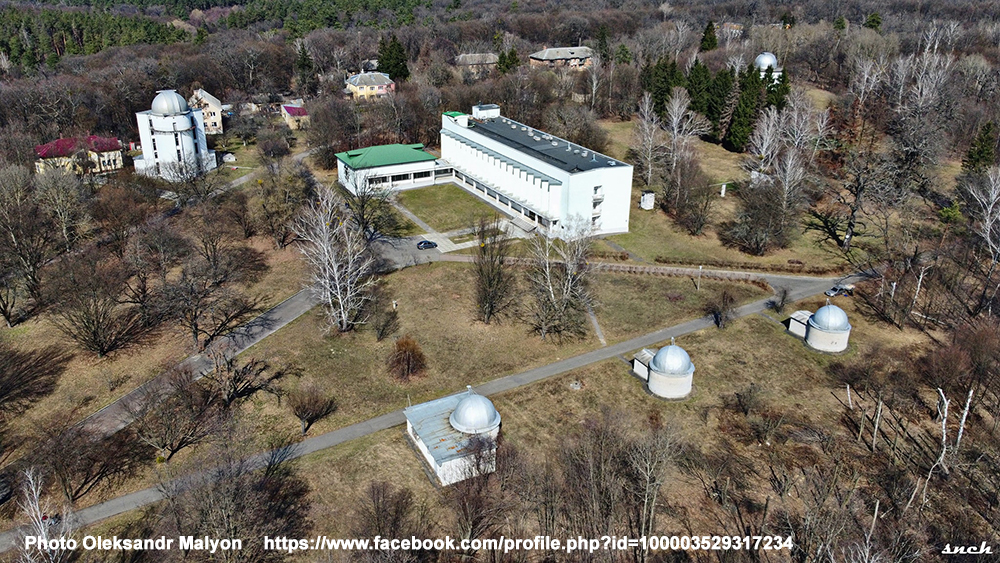Laboratory for Physics of Galaxies with Active Star Formation
THE LABORATORY STAFF:
| the Head of the Laboratory | Piliugin Leonid |
Dr.Sci., the corresponding member of NASU |
| the leading researcher | Guseva Natalia | Dr.Sci. |
| the leading researcher | Kharchenko Nina | Dr.Sci. |
| the senior researcher | Zinchenko Ihor | Ph.D. |
| junior researcher | Vovk (Ahienko) Kateryna | Ph.D. |
| researcher | Nykytiuk Tetiana | Ph.D. |
| researcher | Yakobchuk Taras | Ph.D. |
MAIN RESEARCH AREAS
- Investigations of physical and evolutionary characteristics of galaxies with active star formation. These studies is based on observations carried out on the world's largest telescopes through the wide wavelengths region - X-ray, ultraviolet, visible, infrared and radio.
- Development of methods for physical and chemical composition of extra-galactic HII regions determination.
- The chemical evolution of galaxies investigations.
MAIN SCIENTIFIC ACHIEVEMENTS
- Primary helium abundance was determined based on spectral observations of a large sample of dwarf galaxies. It was shown that in the primordial nucleosynthesis epoch the effective number of neutrino types was Neff=3.5±0.3, which is greater than the Standard Model value - Neff=3.046.
- The sample of 15,000 galaxies with active star formation was compiled from the Sloan Digital Sky Survey (SDSS) database for the purposes of physical and evolution state of galaxies studies.
- A systematic search for galaxies with extremely low abundances of heavy elements was carried out using the SDSS database and own observations. Our researches discovered 12 galaxies with oxygen abundance of 12+logO/H < 7.35, which represents over 70% of these galaxies discovered for today.
- Five dwarf galaxies with broad emission hydrogen Hα lines were discovered. These low metallicity galaxies have active cores with black holes. These are the first examples of galaxies with black holes of intermediate masses.
- Several versions of the strong lines method for electron temperature and chemical composition determinations of extra-galactic HII regions are developed. The accuracy of chemical abundances determination while using the strong lines method corresponds to the classical methods. Using of strong lines which are visible in the majority of extra-galactic HII regions is the advantage of the proposed method.
- Observable chemical evolution (evolution stage dependence on redshift) of spiral and irregular galaxies was investigated. It was found that the oxygen and nitrogen enrichment of massive galaxies and, therefore, active star formation occurred in the past. Such processes in low-mass galaxies are taken place at present time.



 COORDINATES
COORDINATES